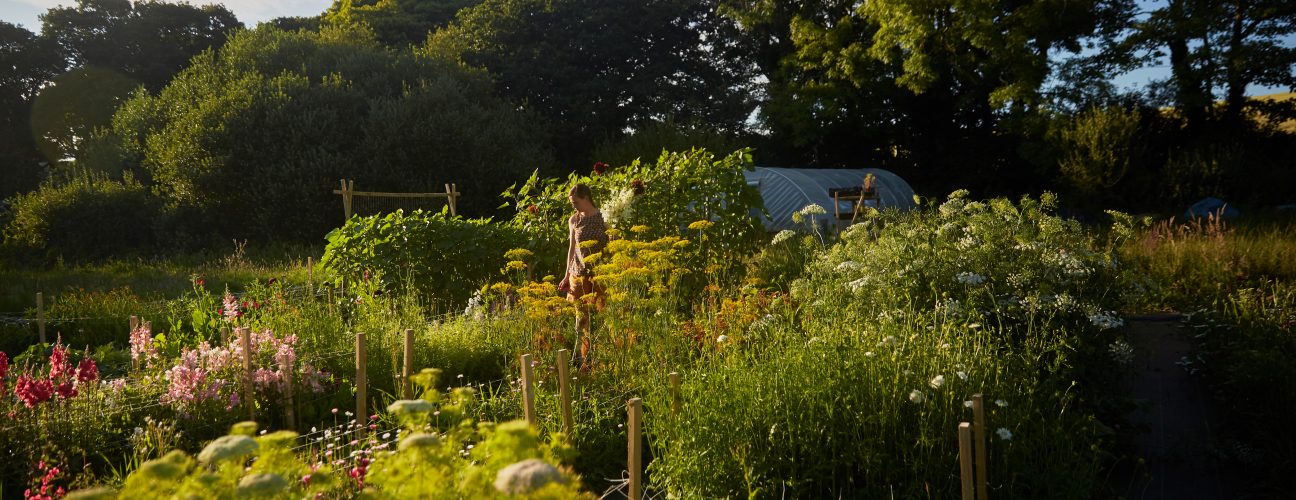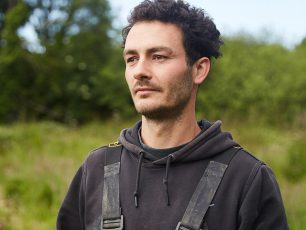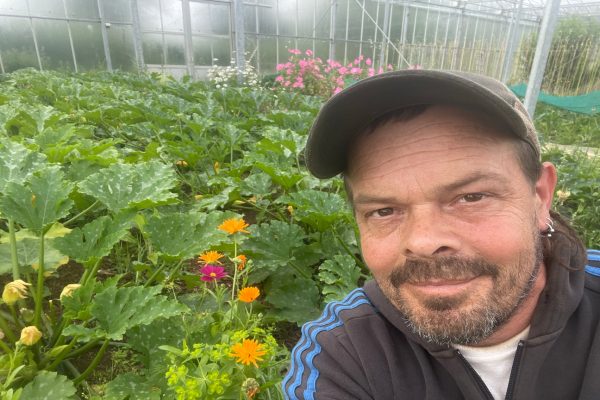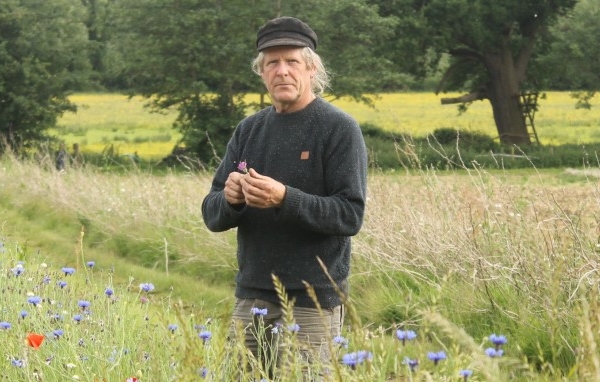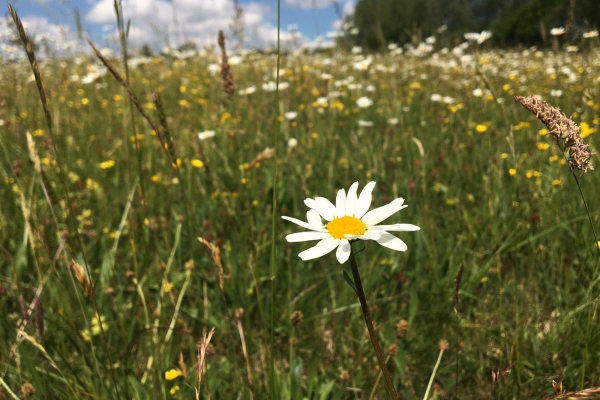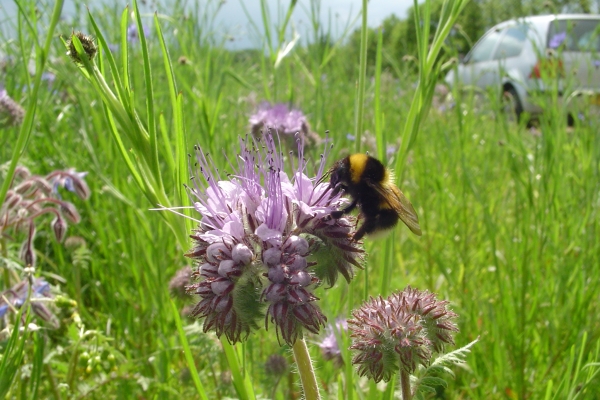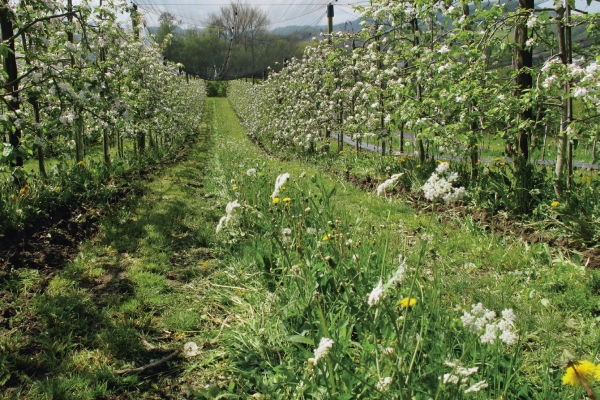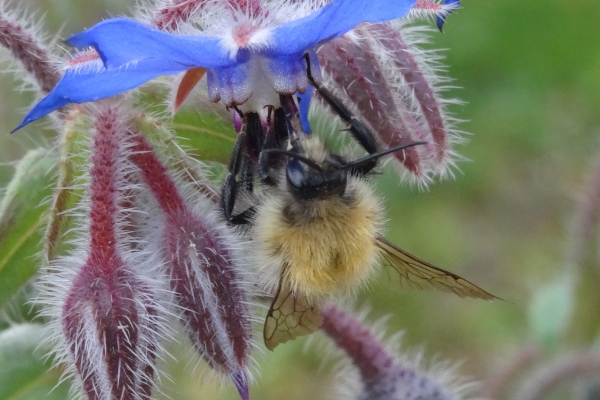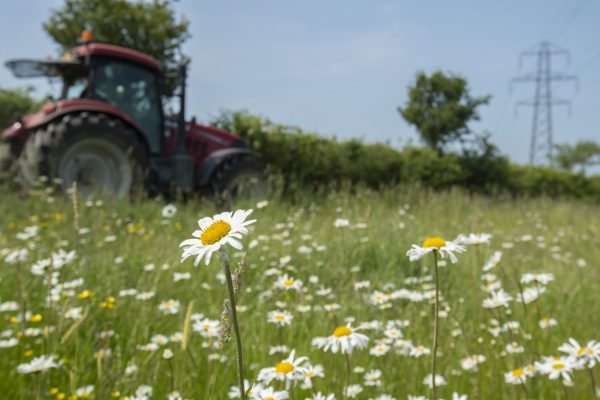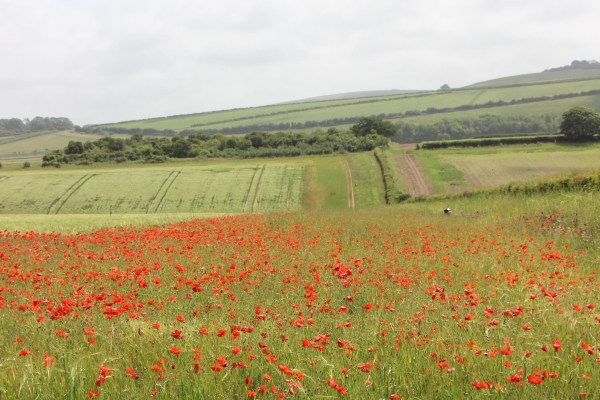Food for the Soil and the Soul: Foregrounding Cut Flowers within the Agroecological and Organic Movements
In this special guest blog post to mark British Flowers Week 2025, River from Pemboa Flower Farm in Cornwall shares a powerful reflection on the disconnect between the cut flower industry and the organic and agroecological farming movements. Drawing on personal experience as a grower employing regenerative practices and owner of a business firmly rooted in soil health and seasonality, River invites us to rethink the role of flowers as a vital part of any biodiverse, low-impact, profitable, and community-driven farming system.
Flower farming is severely disconnected from the agroecological and organic farming movements. I remember reading a study not that long ago, from the University of Liege, about the amount of chemicals and pesticides contained in imported flowers from around the world. As flowers aren’t classified as “consumables” they don’t carry the same restrictions as food, and yet they are constantly offered as gifts or celebrations to loved ones, to sick people, carefully placed at their bedside. The study from University of Liege found traces of over 70 different pesticides in the urine of the florists who had handled these flowers. In the UK, we are able to grow the vast majority of imported varieties that are sold by supermarkets and florists, but there needs to be a shift in consumers and growers.
At Pemboa Flower Farm everything is connected to the ecology, landscape and people around us. Over the years I’ve been lucky enough to learn from amazing biodynamic or organic growers including Andy Dibben at Abbey Home Farm, as well as fantastic local organisations like Symbiosis Soil Lab. For us, there has to be a deep connection with the land and community around the cultivation area to understand what is going on in the soil and what we grow. We host workshops on the land taking people from seed selection to soil health, as well as more creative outputs like picking and arranging your own bouquet. We welcome clients and individuals to visit the farm to give them a better sense of where their flowers will be coming from. This, alongside the Helston farmer’s market, have been a special way of creating better relationships with the people and community around us.
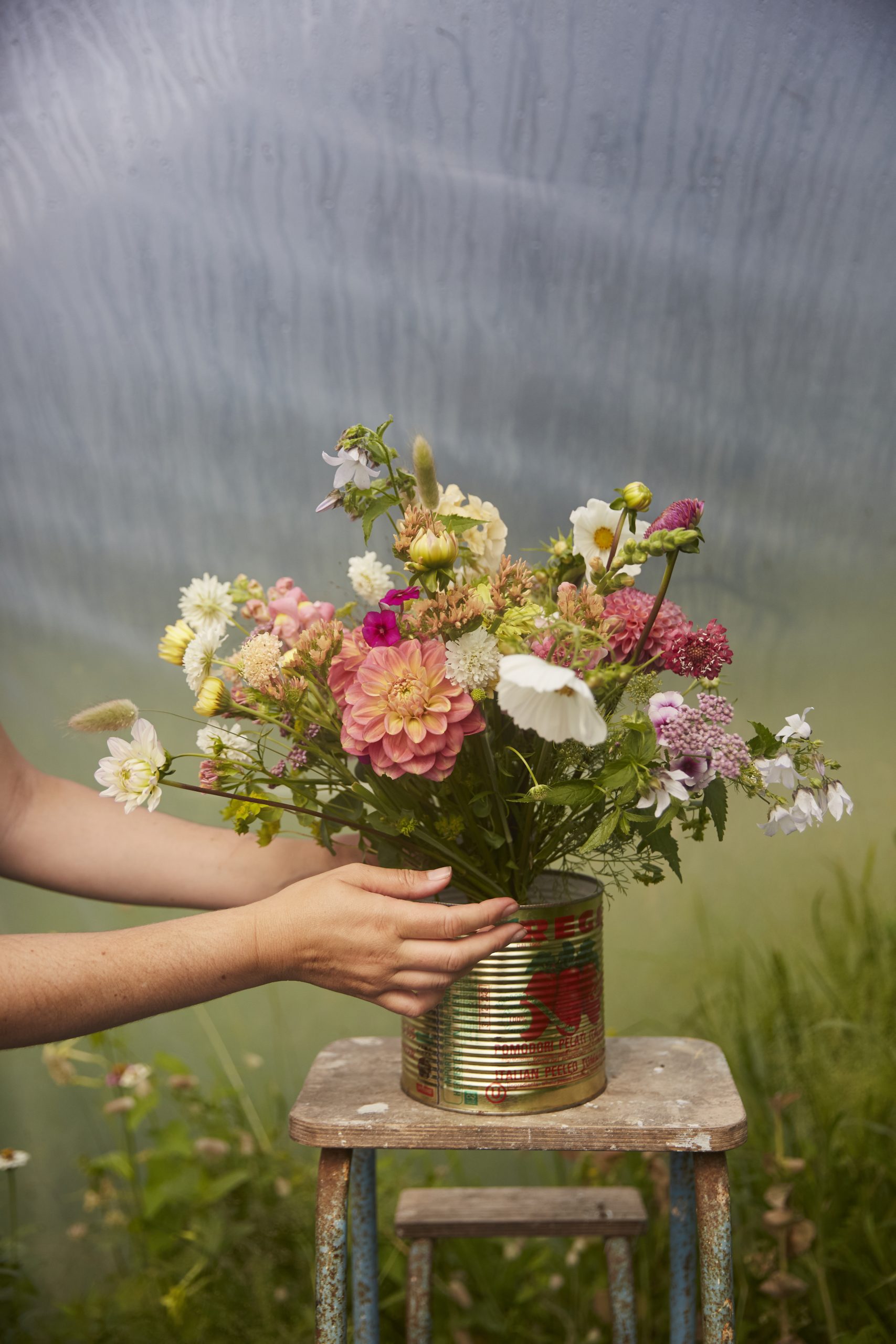
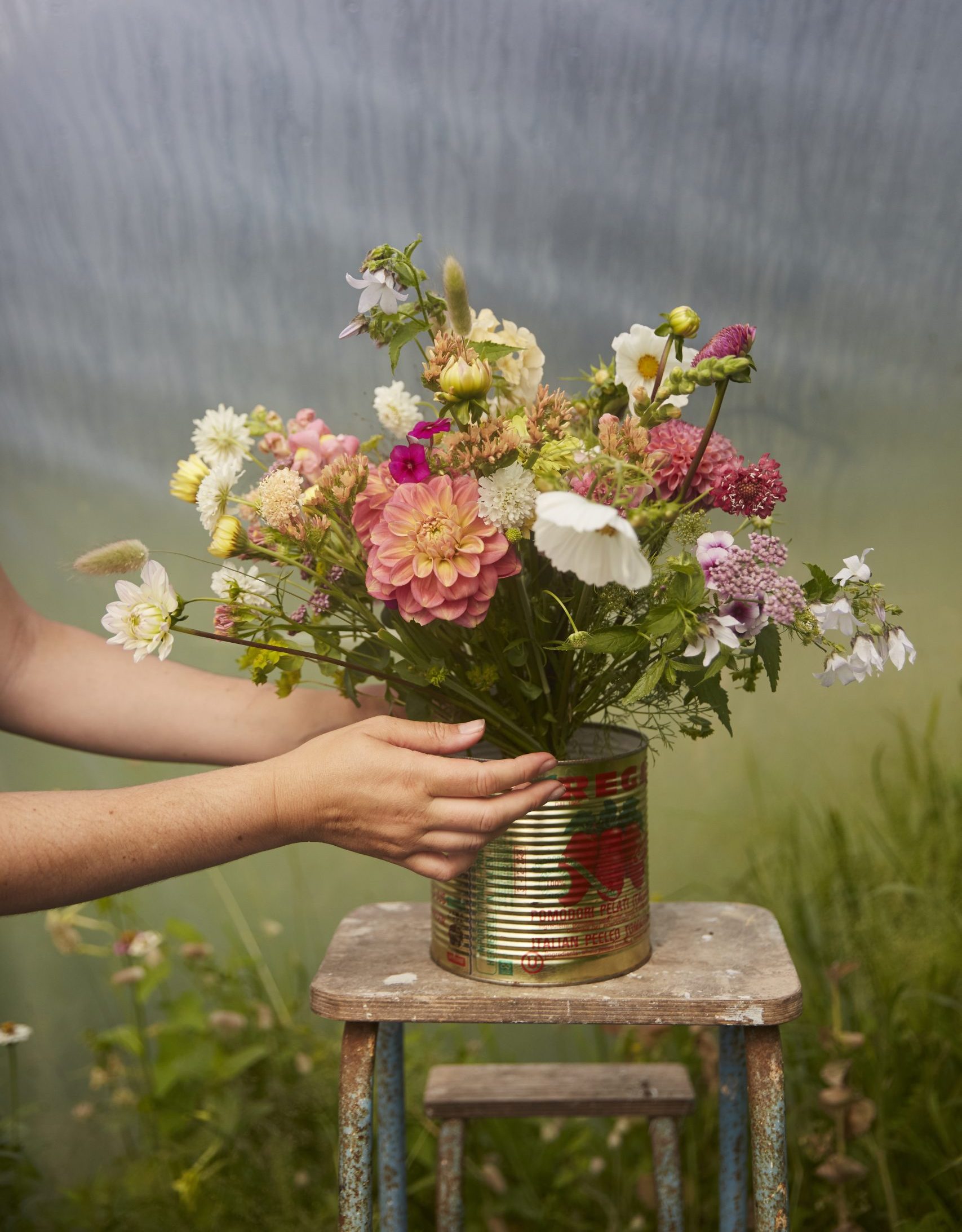
We’ve long ditched the scorched municipal compost that was riddled in plastic, for cover crops and careful soil management, everything slowing down to seasonal and yearly rhythms (a far cry from the overwhelming no-dig Instagram world). Alongside the green manures we have a slow, two-year cycle woodchip compost inspired by some of Ian Tolhurst’s work. We grow understory species around all our taller crops (dahlias, cosmos etc) which ensures the soil is fed and covered at all times. We use untreated sheep’s wool (from our neighbour’s farm) as mulch around our orchard as well as bed cover in the winter (to minimise the use of plastic sheets), and most importantly we dig into the soil to look, feel and even smell what is going on.

We grow a huge variety of cut flowers and herbs on just three quarters of an acre, we’ll be slowly be expanding to an acre next year which will allow us to fulfil all our orders and financially sustain our family. The other two acres are made up of a small orchard and then carefully managed wetland areas which all play a vital role in the holistic approach. This also requires a lot of time and energy that could easily be lost on spreadsheets and tarps. Our pond has become a hub for the wetland ecology, from geese to newts. It is fed via springs and surface water. Our flowers also provide an incredible pest management system for our personal food that we grow on site, which could be replicated on a market garden system or bigger.
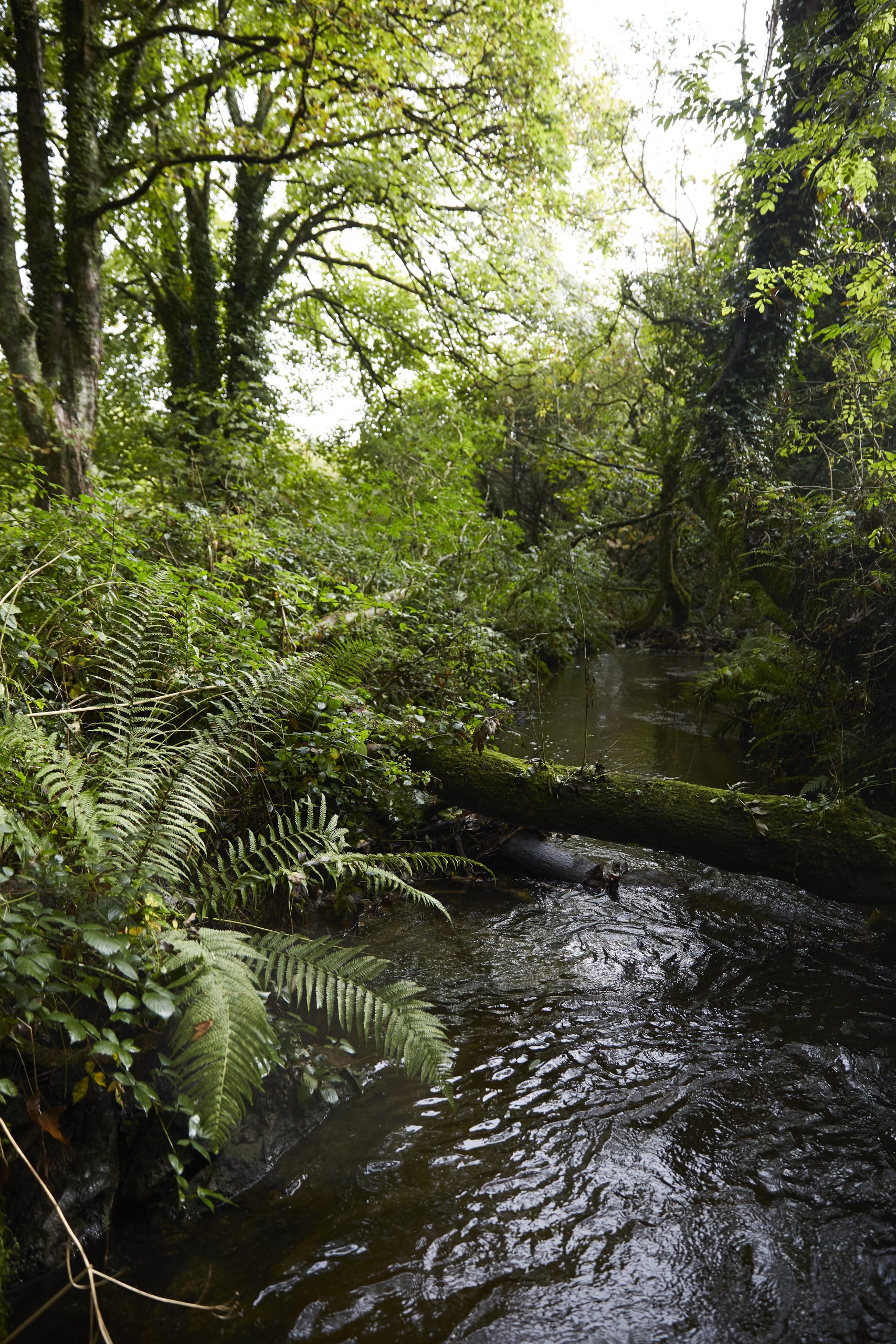
I first read about agroecology through Miguel Altieri, and what struck me the most was how political it is and how it needs to engage people, community and relationships alongside our care of the soil and ecology. Flowers can be grown on such an accessible scale, with such minimal infrastructure, tools and machinery. Our inputs are extremely low now and the way we grow allows us to be financially inclusive in our local community while also competing with the prices of imported cut flowers. This is an absolutely mad concept in British farming, there is a huge space for agroecological flower farming and there is an enormous market for it, so why do we still have such a disconnect from the organic and agroecological movements?
Going forward, I would like to see bigger farms and market gardens making space for cut flowers within their rotations, or alongside conventional crops. There is huge scope for collaboration, for example in the form of resource and knowledge sharing, between flower growers and farmers which deserves to be explored and capitalised on.
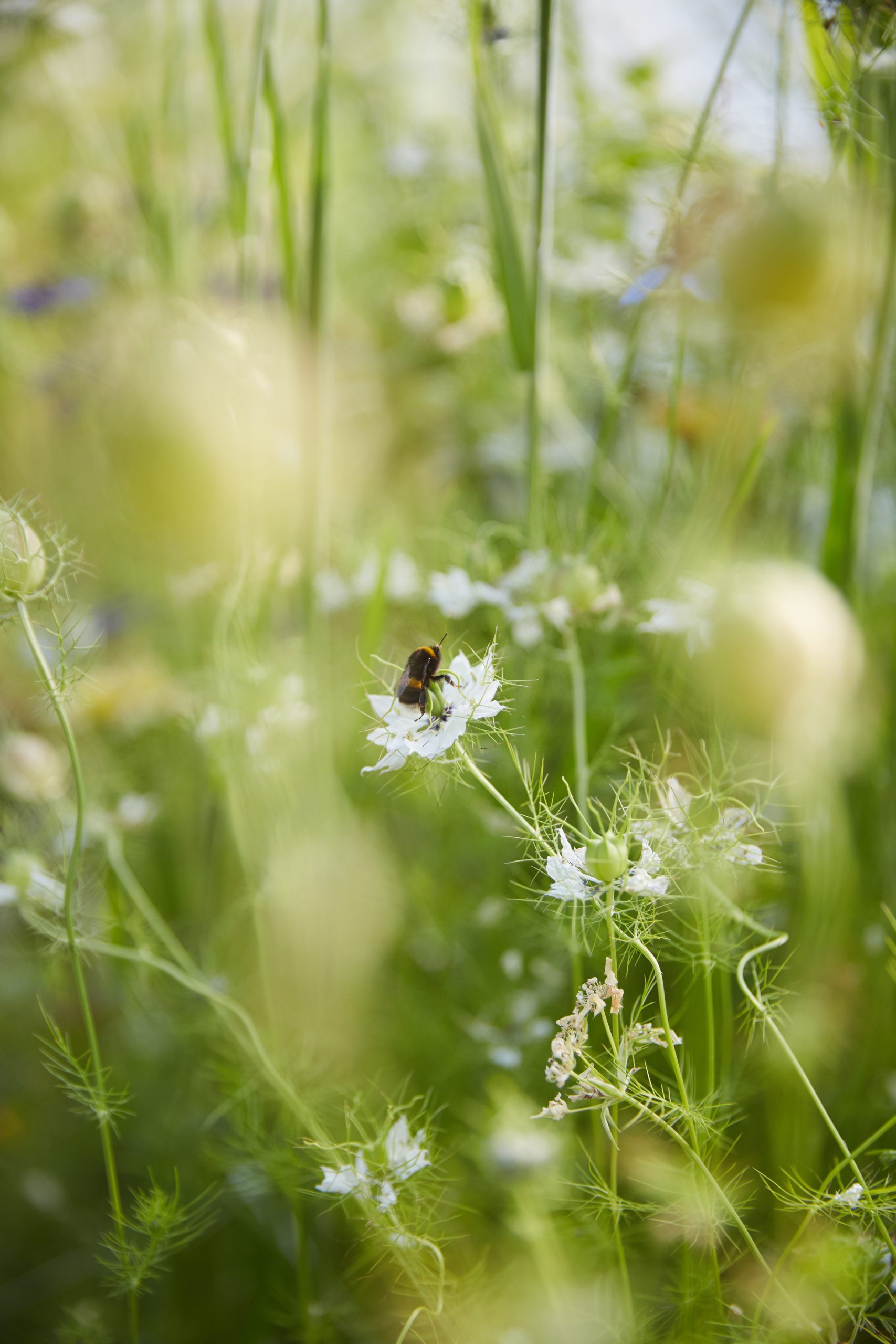
Some of our favourite flowers to grow on the farm include:
- Cosmos
- Dahlias
- Sweetpeas
- Scabious
- Ammi
- Campanula
- Snapdragons
- Phlox
- Zinnia
- Grasses
- Mint
- Basil
Consumers are still unaware and unengaged with just how toxic the flower industry is, I know people who religiously order their organic veg box and yet will still buy supermarket flowers without thinking twice. I’m not in anyway denying the importance of food over flowers, especially in the current environmental, health and financial crises. But flowers do have the power to connect even more people to the soil, to the landscape, to seasonality. It’s important we make this shift as consumers but also as flower farmers to promote and support the most forward thinking agroecological practices that we see in the food farming world. Flowers are not just food for the soul – they’re biodiversity superheroes.
Photos courtesy of Pemboa Flower Farm (all rights reserved)
British Flowers Week
Since its launch in 2013, British Flowers Week has championed the UK’s cut flower industry, celebrating growers, wholesalers, and florists who work with British-grown flowers.
British Flowers Week is an annual celebration of seasonal British flowers and the talented people behind them. Whether driven by a growing appreciation of seasonality or the economic need to bolster domestic industries, contemporary British flower growers and floral designers are on the cusp of seismic change – revitalising the sector to be environmentally conscious and creatively forward-looking. Newly led by the trade association Flowers from the Farm since 2024, British Flowers Week aims to champion the sustainability of seasonal flowers and the vital economic contribution of this industry with a fresh vision and renewed energy.
